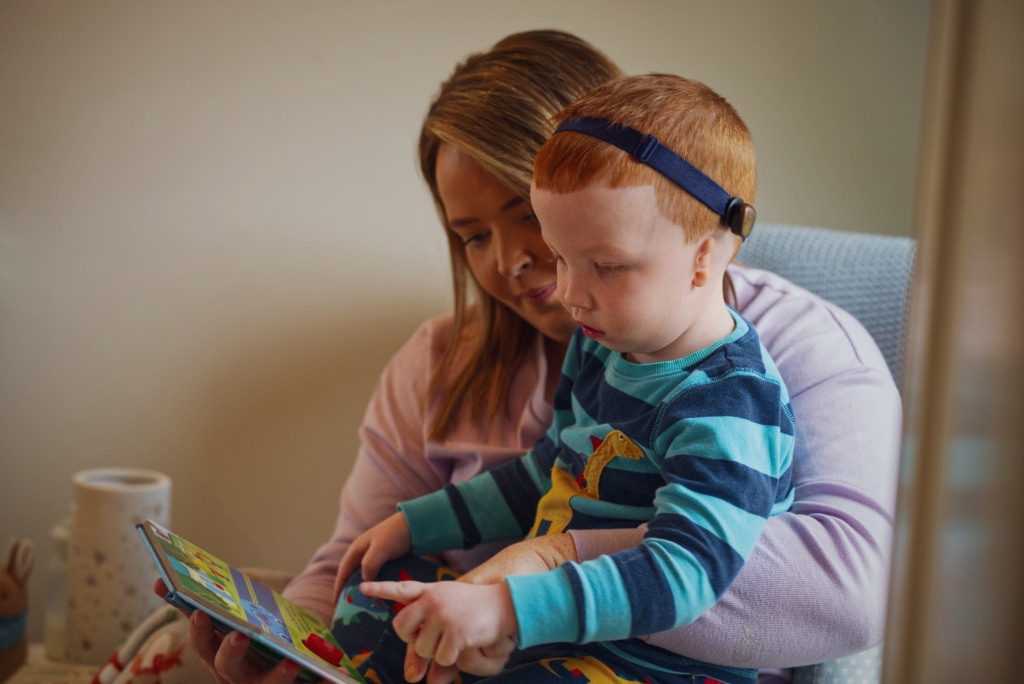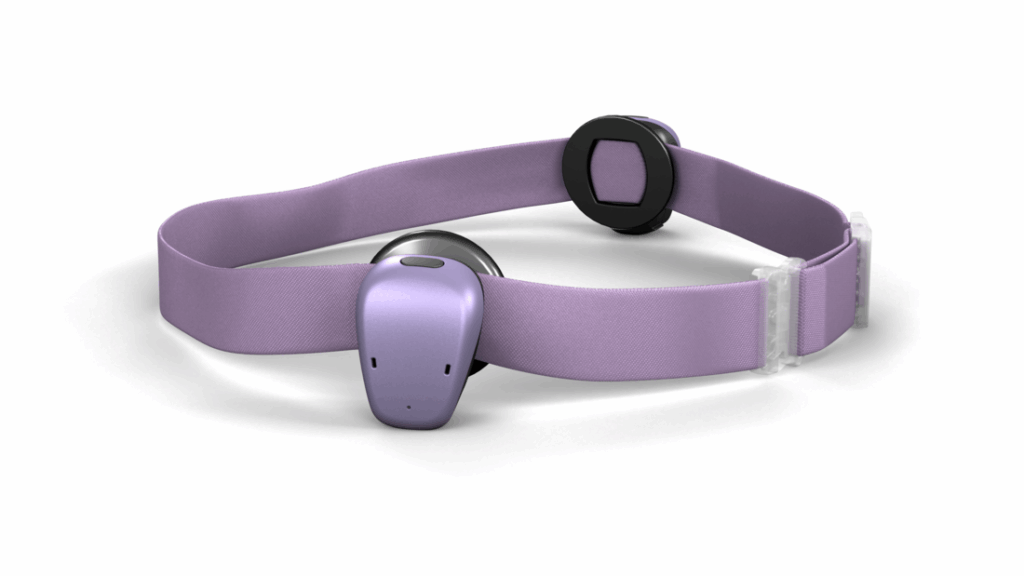- NEW Baha® 7 Sound Processor: First in bone conduction to enable Bluetooth® LE Audio* and Auracast™ broadcast audio streaming capabilities1,2.
- NEW Baha SoundBand™: Improved look and fitting options over current Baha Softband to help children with hearing loss thrive.
- NEW Bluetooth™ LE Audio Accessories: AutoStreaming, LE Audio functionality, and updated design.
- NEW Baha Fitting Software 7.0: Improved data logging and new features aimed to support pediatric fittings for clinicians and for patient self-care and improved Baha Smart App with intuitive design and Hearing Tracker.

[LONE TREE, CO] – June 2, 2025: Cochlear Limited (ASX: COH), the global leader in implantable hearing solutions, announces today the commercial release of the new Cochlear™ Baha® 7 Sound Processor and the new non-surgical Baha SoundBand™. Cochlear’s bone conduction hearing solutions are designed to improve hearing outcomes for children and adults with conductive hearing loss, mixed hearing loss and single-sided deafness (SSD).
The Baha 7 Sound Processor builds upon the same great hearing performance of its predecessor while advancing Cochlear’s industry-leading connectivity.1 We’ve also added a bright new lavender color to our range of seven natural and bold sound processor color options.
The Baha 7 Sound Processor boasts a 55 db HL fitting range in a small form factor, offering powerful hearing without compromising on discretion.
With new Bluetooth LE Audio and Auracast broadcast audio compatibility2, the Baha 7 Sound Processor leads the hearing implant industry in streaming technology. As more venues adopt Auracast technology, Baha 7 Sound Processor recipients can access audio streams in places like theaters, concert halls, lecture halls and airports, through an LE Audio-enabled smartphone.
“Auracast is set to become the next standard in audio streaming and accessibility,” said Ryan Lopez, Head of Portfolio Strategy & Professional Marketing. “With LE Audio, Bluetooth is expanding the world’s direct-to-device streaming capabilities, and over time we expect Auracast to be the new standard for public and group listening. We are excited to be able to offer this technology first to our Baha 7 Sound Processor recipients.”
The Baha 7 Sound Processor is also able to stream directly from any compatible** Apple® and Android™ device, as well as a range of wireless accessories.

Our non-surgical Baha Start portfolio now includes the Baha 7 Sound Processor and the new Baha SoundBand. Baha Start is designed to help babies and young children experience the fullness of clear, rich and natural soundas early as possible. Early access to sound is critical to helping children learn and develop on par with their hearing peers.3,4
“The whole world is a classroom, and parents want to feel confident their child is always tuned in, ready to learn and grow,” said Natasha McDougald, Director of Product Marketing. “Our aim is to give parents peace of mind as their children learn to thrive in a world of sound.”
The new SoundBand features a slimmer band with improved adjustability, a lower profile, moveable connector discs and more color options to help young children be as comfortable and confident as possible.
The Baha Smart App*** and Baha Fitting Software 7.0 also have new features aimed to help parents and clinicians treat children for the best possible hearing outcomes.
The Baha 7 Sound Processor and Baha SoundBand will be available in the United States in late Summer 2025. For further information, please visit our website.
About Cochlear Limited (ASX: COH)
People have always been Cochlear’s inspiration, ever since Professor Graeme Clark set out to create the first multi-channel cochlear implant after seeing his father struggle with hearing loss. Since 1981, Cochlear has provided more than 700,000 devices in more than 180 countries, helping people of all ages around the world to hear. As the global leader in implantable hearing solutions, Cochlear connects people with life’s opportunities, and welcomes them to the world’s largest hearing implant community.
Cochlear has a global workforce of close to 5,000 people, with a passion for progress, who strive to meet the needs of people living with hearing loss. The company continually innovates to anticipate future needs, investing more than AUD$3 billion to date in research and development to push the boundaries of technology and help more people hear.
References:
- For information regarding the compatibility of Cochlear’s sound processors with Apple or Android devices, visit www.cochlear.com/compatibility
- Auracast™ broadcast audio capability is subject to third-party adoption of the Auracast protocol.
- Yoshinaga-Itano C. Early Intervention after universal neo-natal hearing screening: impact on outcomes. Dev Disabil Res Rev. 2003;9(4):252-66.
- Ching TY, Dillon H, Day J, Crowe K, Close L, Chilsholm K, Hopkins T. Early language outcomes of children with cochlear implants: interim findings of the NAL study on longitudinal outcomes of children with hearing impairment. Cochlear Implants International. 2019, 10 (S1): 28-32.
*As Bluetooth LE Audio compatible devices become available, a sound processor firmware update will be required to use certain features.
**For a full list of smartphone and app compatible devices, visit: www.cochlear.com/compatibility.
***The Cochlear Baha® Smart App Smart App is available on App Store and Google Play. For compatibility information, visit www.cochlear.com/compatibility.
The Bluetooth® word mark and logos are registered trademarks owned by Bluetooth SIG, Inc. and any use of such marks by Cochlear is under license.
Apple, the Apple logo, FaceTime, Made for iPad logo, Made for iPhone logo, Made for iPod logo, iPhone, iPad Pro, iPad Air, iPad mini, iPad and iPod touch are trademarks of Apple Inc., registered in the U.S. and other countries. App Store is a service mark of Apple Inc., registered in the U.S. and other countries.
Android is a trademark of Google LLC. The Android robot is reproduced or modified from work created and shared by Google and used according to terms described in the Creative Commons 3.0 Attribution License.
In the United States and Canada, the placement of a bone-anchored implant is contraindicated in children below the age of five.


